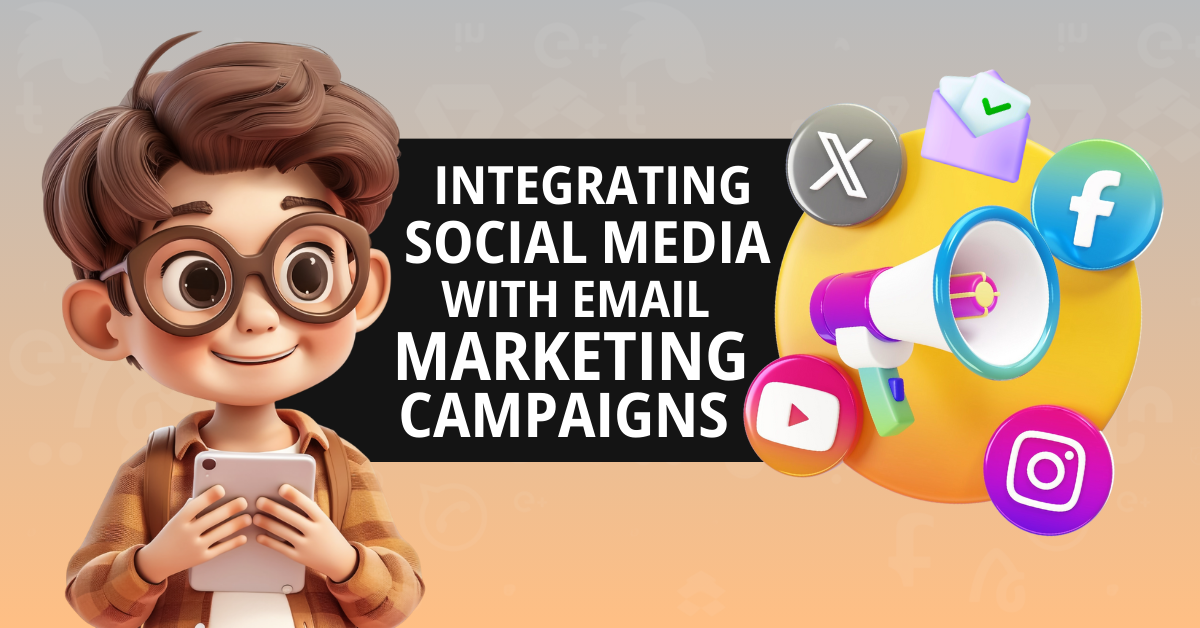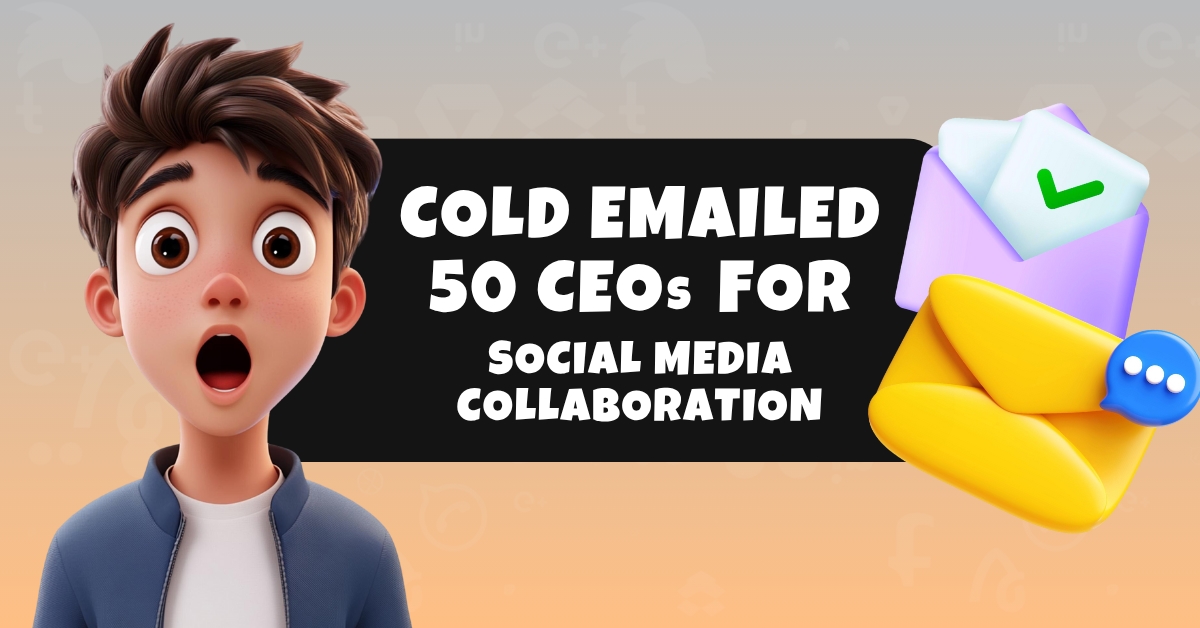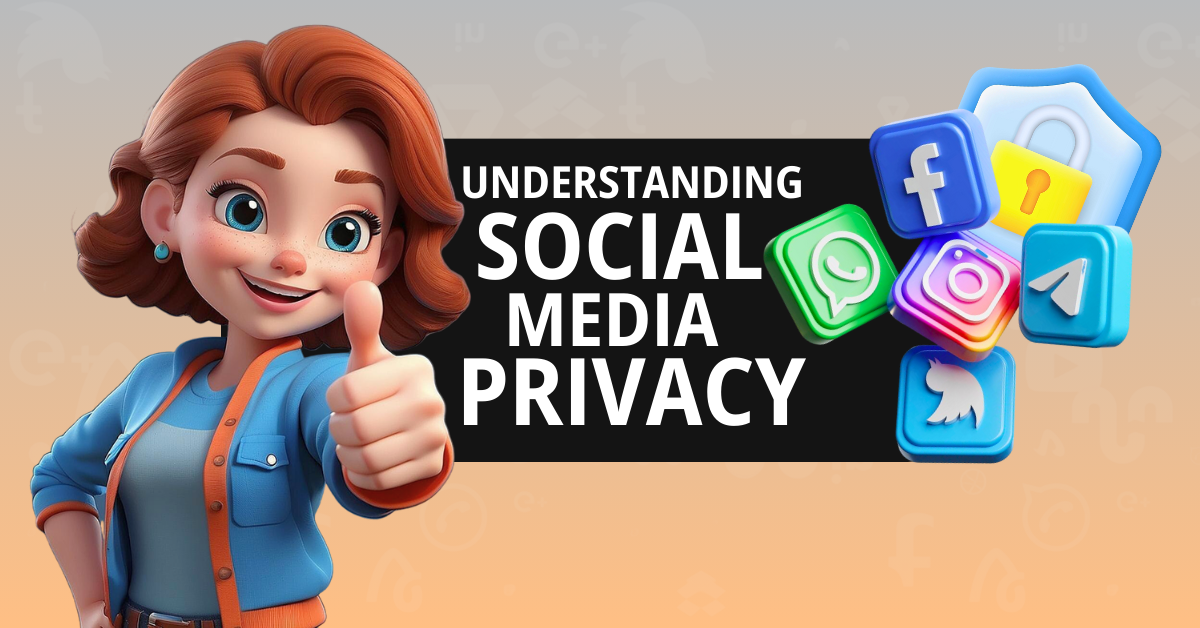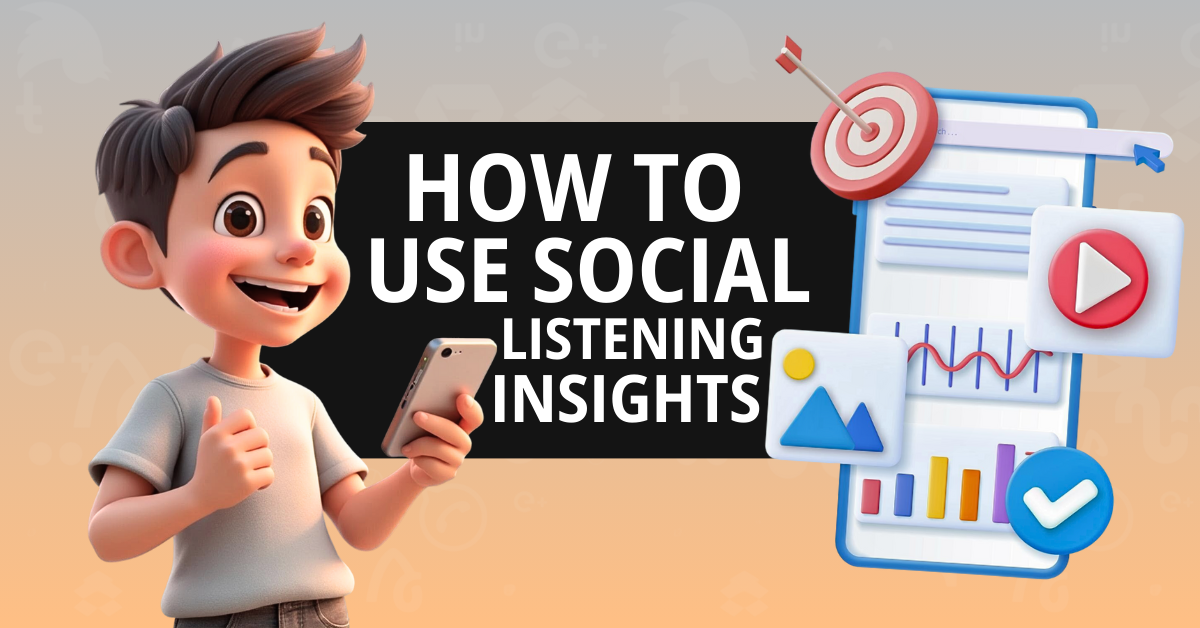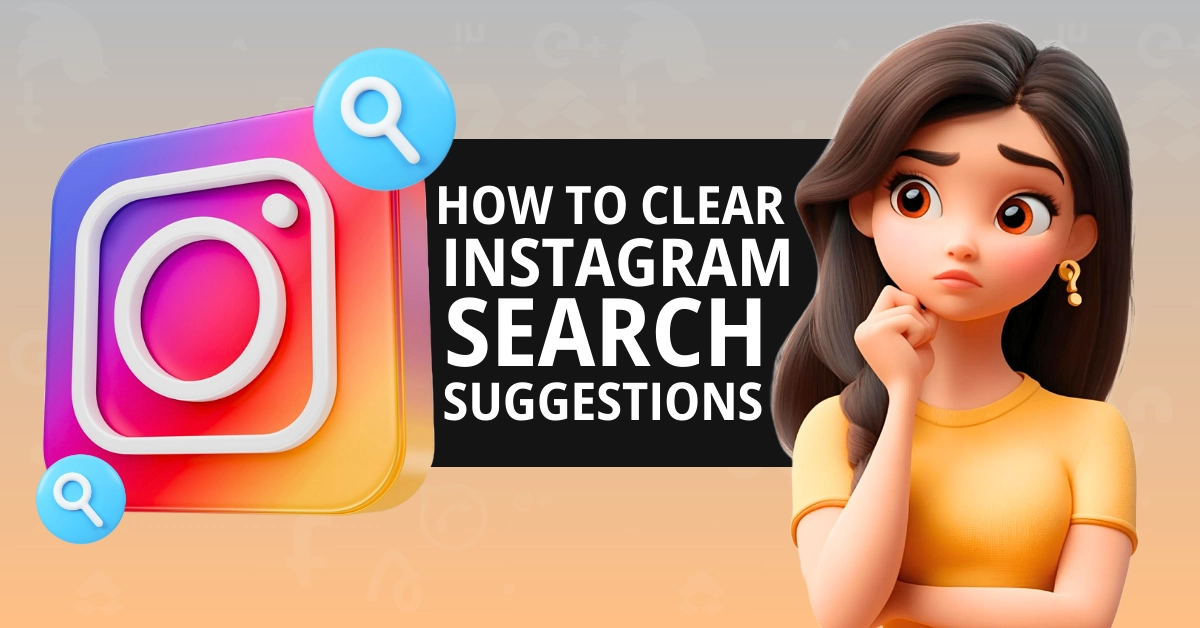In the ever-evolving digital landscape, businesses are increasingly looking to diversify their marketing strategies to stay ahead of the competition. Two of the most powerful tools in any marketer’s arsenal—email marketing and social media—are often used separately. However, integrating these channels can create a dynamic synergy that amplifies reach, engagement, and overall marketing success.
Email marketing provides direct communication with your audience, while social media platforms enable you to connect with customers on a more casual and interactive level. When combined, these channels can enhance customer experiences, improve brand visibility, and drive measurable results.
This guide explores how to effectively integrate social media with email marketing campaigns, from strategic planning to actionable techniques.
1. Why Integrate Social Media and Email Marketing?
The integration of social media and email marketing campaigns allows businesses to leverage the strengths of both channels. Each platform offers unique advantages, but when used together, they deliver greater impact.
Key Benefits of Integration
- Broader Reach: Social media expands the visibility of your email content, while email nurtures more personal connections.
- Enhanced Engagement: Combining channels creates opportunities for two-way communication, boosting interaction rates.
- Cross-Promotion Opportunities: Encourage email subscribers to follow your social media accounts and vice versa, increasing audience overlap.
- Improved ROI: By aligning email and social media strategies, businesses can achieve better results without increasing marketing budgets.
For businesses relying on cheapest email marketing platforms solutions, integrating social media provides an affordable way to amplify efforts and maximize impact without additional costs.
2. Strategic Planning for Integration
Before diving into tactics, it’s essential to establish a clear strategy for integrating your social media and email marketing campaigns. Proper planning ensures that both channels work together cohesively.
Define Your Goals
Start by identifying what you hope to achieve with integration. Common objectives include:
- Increasing email sign-ups through social media
- Boosting social media followers from email campaigns
- Driving more website traffic or sales through coordinated efforts
Understand Your Audience
Analyze your audience demographics and behaviors on both channels. This will help you create tailored content that resonates across platforms.
Develop a Unified Brand Voice
Ensure that your messaging is consistent across email and social media. A unified brand voice builds trust and familiarity, making your campaigns more effective.
3. Tactics to Integrate Social Media and Email Marketing
Once you’ve established a strategy, implement these actionable tactics to seamlessly integrate your email and social media efforts.
Include Social Media Links in Emails
Make it easy for your email subscribers to find and follow your social media accounts. Add prominent social media icons or direct links to your email footer or header.
Best Practices:
- Use recognizable social media icons.
- Add a short call-to-action, such as “Follow Us for Updates” or “Join the Conversation.”
Encourage Social Sharing of Email Content
Turn your email subscribers into advocates by enabling them to share your email content on their social networks. Most email marketing platforms allow you to include social sharing buttons in your emails.
Example Use Case: Send out a newsletter with a compelling blog post or promotion and encourage readers to share it on Facebook, Twitter, or LinkedIn.
Use Social Media to Grow Your Email List
Leverage your social media presence to attract new email subscribers. Promote your newsletter or exclusive content on your social platforms to encourage sign-ups.
Effective Techniques:
- Run social media ads with a lead magnet, such as a free ebook or discount code, that requires an email address.
- Add a “Sign Up” button on your social media profiles.
4. Repurpose Content Across Channels
Integrating email and social media campaigns doesn’t mean duplicating content—it means adapting and repurposing content to fit each platform’s strengths.
Cross-Channel Content Ideas
- Email-to-Social: Create social media posts from email content, such as snippets from a newsletter or highlights from an event recap.
- Social-to-Email: Feature top-performing social media posts in your email campaigns, such as customer testimonials or user-generated content.
Example: Promoting an Event
- Email Campaign: Send a detailed invitation to your email list with registration links and event details.
- Social Media Posts: Share countdown reminders, behind-the-scenes content, and attendee testimonials to generate excitement and attract more sign-ups.
5. Run Cross-Promotional Campaigns
Encourage your email subscribers to engage with your social media campaigns and vice versa. Cross-promotional efforts strengthen the connection between the two channels and drive engagement.
Ideas for Cross-Promotions
- Social Media Contests: Require participants to subscribe to your email list for entry.
- Email-Exclusive Offers: Provide email subscribers with exclusive discounts or content that can only be accessed through your social media pages.
Example:
“Follow us on Instagram and subscribe to our newsletter for a chance to win a $50 gift card!”
6. Track Performance and Refine Strategies
Measuring the success of your integrated campaigns is critical to understanding what works and what doesn’t. Use analytics tools to monitor performance on both email and social media platforms.
Key Metrics to Track
- Email Metrics: Open rates, click-through rates, and conversion rates.
- Social Media Metrics: Likes, shares, comments, and follower growth.
- Cross-Channel Metrics: Track how many email subscribers come from social media and vice versa.
Use these insights to refine your strategies and create even more impactful campaigns.
7. Case Studies of Successful Integration
Example 1: Boosting Email Sign-Ups Through Social Media
A fitness brand used Instagram Stories to promote a free workout guide available exclusively through their email list. By offering valuable content and using a swipe-up link, they increased their email sign-ups by 30% in one month.
Example 2: Social Sharing of Email Campaigns
An e-commerce business included social sharing buttons in their holiday email promotions. Customers shared the deals on Facebook and Twitter, driving a 20% increase in website traffic and additional sales.
8. The Future of Integrated Marketing
As digital marketing evolves, the integration of email and social media will become even more essential. Emerging technologies, such as AI and machine learning, are making it easier to create personalized, cohesive campaigns across channels.
Predicted Trends for 2025:
- AI-Driven Insights: Automated tools will provide deeper insights into audience behavior, allowing for more targeted integration strategies.
- Interactive Campaigns: Enhanced interactivity, such as polls and quizzes, will bridge the gap between email and social media.
- Omnichannel Marketing: Businesses will increasingly adopt seamless omnichannel approaches, combining email, social media, SMS, and more.
Integrating social media with email marketing campaigns is a game-changing strategy for businesses in 2025. By combining the strengths of both channels, you can expand your reach, enhance engagement, and achieve better ROI. For businesses leveraging cheap email marketing solutions, integration provides a cost-effective way to maximize impact without significant additional investment.
From cross-promotional campaigns to personalized content, the possibilities for integration are endless. Start applying these strategies today to create a unified marketing approach that drives measurable results and strengthens your connection with your audience.


